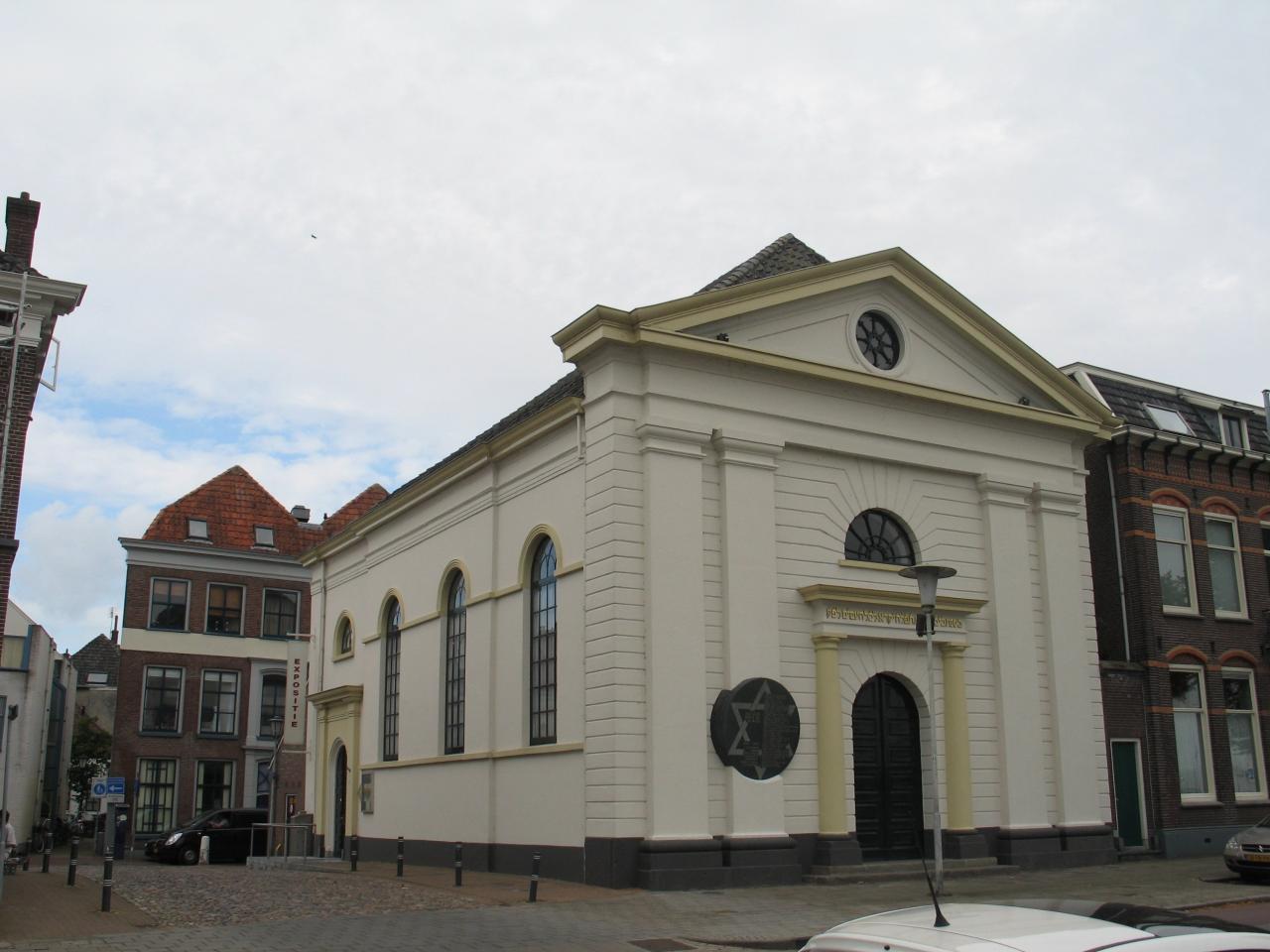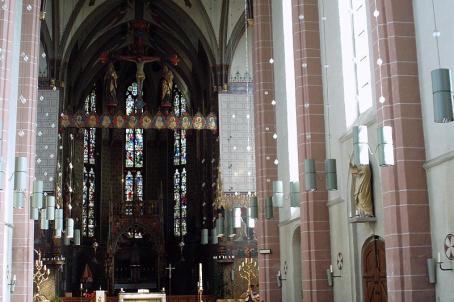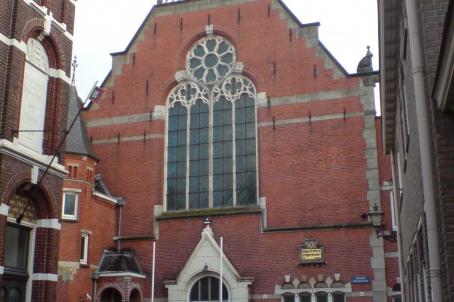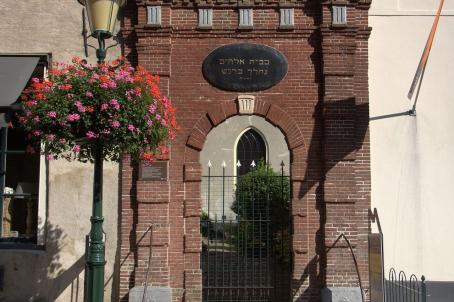Synagogue in Kampen

The Synagogue in Kampen is an Ashkenazi synagogue completed in 1847 by architect N. Plomp. In use until WWII, this brick synagogue in the Neo-Classical style now serves as a museum.
The front façade contains four Tuscan pilasters, flanking the main entrance. The triangular pediment which includes a central tondo window covers the entire width of the façade. The Torah ark was originally furnished in a Neo-Gothic style. During the Second World War, the interior was destroyed but the building itself remained relatively unscathed. The Jewish community of Kampen ceased to exist in the year 1947 after which the building was sold and used as storage space and garage. In 1981, the building was bought by the city of Kampen and subsequently restored and renovated by R. G. Busser (Monumentenzorg) in 1983/84. The frieze above the main entrance includes a Hebrew inscription referring to Isaiah 56:7. The pilaster on the left side of the entrance door contains a circular commemorative plaque of 34 Jews of the community in Kampen who died during the war in the concentration camps. After Busser's renovation of the former synagogue was completed, the building was redeveloped as an exhibition space.
About this building
For more information visit on this building visit http://historicsynagogueseurope.org/browser.php?mode=set&id=25264





